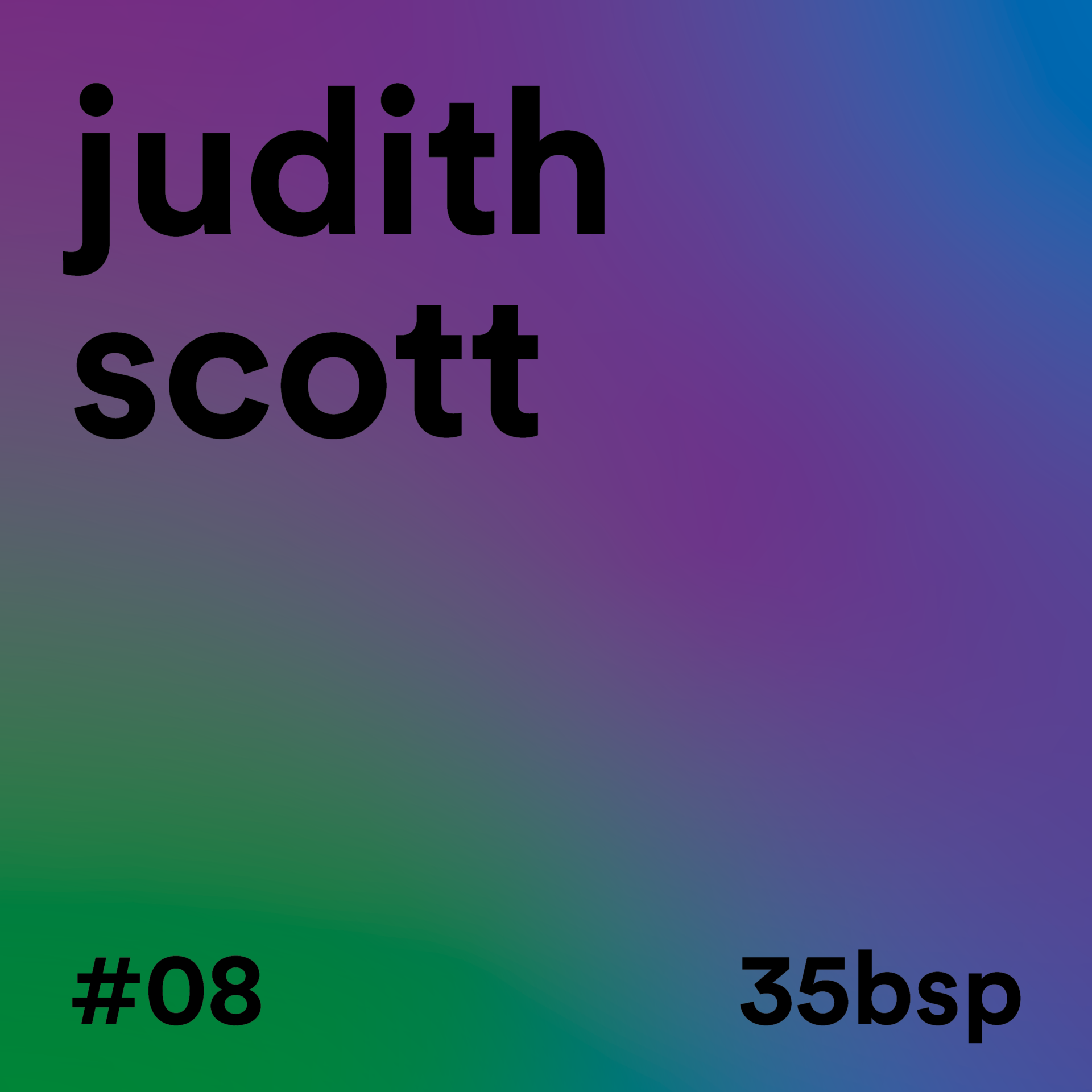
Judith Scott
The American artist Judith Scott, who was born in 1943 and died in 2005, had her encounter with art in 1987, as an adult, at the Creative Growth Art Center, an innovative art program for artists with disabilities. She had Down’s syndrome and was deaf, having not developed oral language. She lived for 35 years in an institution for people with disabilities, excluded from social and family life. After this period, she was reunited with her twin sister, Joyce, who took her to live with her in Oakland, California.
In her first months at Creative Growth, Scott expressed herself through colors, circles and repetitive patterns on paper, occasionally incorporating images cut from publications. His foray into sculpture began when artist Sylvia Seventy introduced him to various textile techniques, such as weaving and embroidery with different types of threads and fabrics.
Over the next seventeen years, Judith Scott developed remarkable sculptures, constructed from found objects and various materials, meticulously wrapped and interwoven in threads and various fibers, making poetry out of the threads.
The abstract forms of his immersive sculptures were conceived from elaborate craft structures involving discarded or salvaged materials, often camouflaging internal structures or concealing treasures. Her approach was characterized by her creative autonomy, intrinsic orientation and the absence of repetition of forms or color schemes in her multifaceted textile works. During her time at Creative Growth, Judith Scott produced almost 100 sculptures, continuing her practice until the year of her death in 2005.
Scott hid little secrets under several layers of wires and cables, incorporating a variety of objects into her works – from fans to CDs, from old umbrellas to cardboard spools. These elements were consistently interwoven and protected by metal trims, wrapped in wool until they reached a soft and comforting final form.
The presence of hidden items in the pieces is of fundamental importance, giving them an organic feel – after all, there is something pulsating that resides within the forms. Her creative process usually lasted around three weeks, and Judith Scott determined the moment of its completion with firmness and autonomy, but in a gentle gesture of pure affection or farewell affection.

 Português
Português